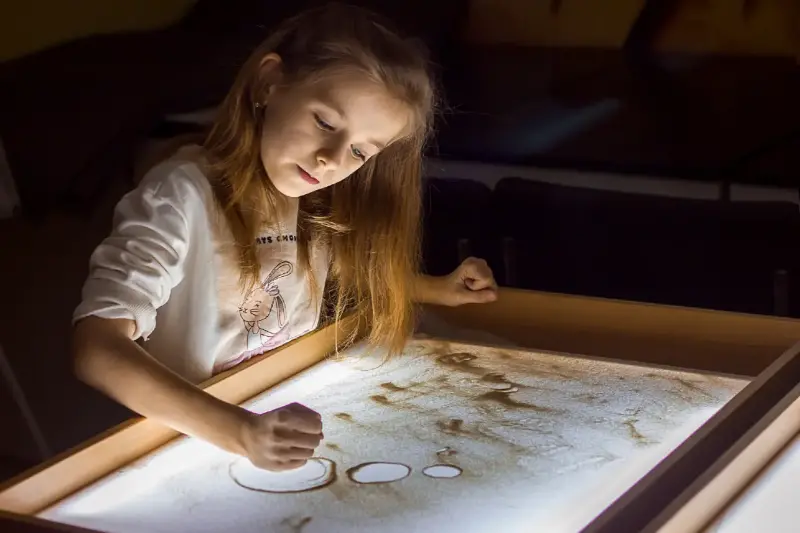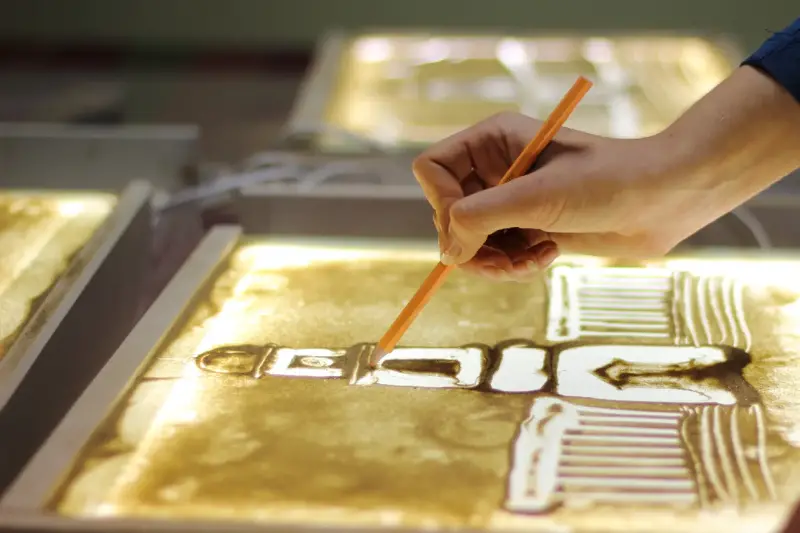
For centuries, shimmering grains of sand have been more than just the stuff beneath our feet—they’ve been the pigment in ethereal masterpieces across the world. Sand painting is an art form rooted in ancient traditions, where both patience and dexterity blend in a fleeting, visual symphony. Today, the secrets passed through generations are finally attracting modern curiosity, sparking new conversations about heritage, creativity, and the astonishing stories hidden in each colourful design.
From Sacred Rituals to Modern Marvels
Sand painting’s origins are as diverse as they are mysterious. The Navajo people of North America are famed for using sand painting in healing ceremonies, crafting intricate patterns to harness spiritual energy. Meanwhile, Tibetan Buddhist monks painstakingly create mandalas using sand to symbolise the impermanence of existence. Each grain and gesture holds spiritual meaning—the artwork may take days, even weeks, but is famously swept away within moments of completion.
This poignant destruction isn’t accidental; it’s a powerful reminder that beauty and life are transient, both precious and fleeting.
In a very different corner of the world, Indian and Nepalese communities paint with vibrant powdered sands during festivals like Diwali, transforming thresholds and courtyards into riotous, temporary galleries known as rangoli. These living traditions connect generations, celebrating identity and seasonal rhythms, while drawing neighbours and travellers alike into their spellbinding artistry.
The Hidden Techniques Behind Every Grain
Ever wondered how these pictures come alive, grain by grain? There’s more to sand painting than meets the eye—or brush.
Let’s uncover some essentials:
- Material Mastery: Artists carefully select sand for its texture and hue. Sometimes, naturally coloured earth is chosen; at others, criminals dyes are added for dramatic effect.
- Steady Hands: The process demands unflinching concentration. Funnels, spoons, straws, and even bare fingers may be used to precisely guide sand onto the surface.
- Layer by Layer: Most paintings start with a base outline, then build up patterns and shading. Some cultures even use glue to affix sand in permanent exhibits, while others strictly maintain the ancient rule: never stick, only shape.
- Secret Codes: Many traditional designs aren’t just decorative—they’re coded with cultural motifs, spiritual symbols, or regional histories, waiting for an attentive observer to decode.
What’s truly remarkable is how every piece is simultaneously highly technical and deeply spontaneous—a choreography of movement, colour, and intuition.

Sand Art in Today’s World: From Galleries to Viral Videos
In recent years, sand painting has leapt off ancient altars and into the global spotlight. Television talent stages and viral internet videos have revealed modern masters who paint stunning, animated narratives in real time. These performances, often set to evocative music, can leave audiences breathless as landscapes, portraits, and stories blossom and vanish in minutes.
Contemporary artists employ new technologies and creative methods:
- Stop-motion filmmaking, using millions of images to animate sand grain by grain.
- Interactive installations that invite viewers to participate, blurring the line between artist and observer.
- Public murals and exhibitions showcasing sand’s ability to unite old traditions with urgent new messages about identity and global connection.
This artistic revival isn’t just about nostalgia. It’s also a living dialogue—between cultures, generations, and the ever-shifting boundaries of what art can mean.
Lasting Fascination or Fleeting Phantoms?
The art of sand painting reminds us that some of humanity’s most profound creations may be the most impermanent. As you marvel at the delicate structures, imagine the centuries of knowledge and spirit swept into every design.
Could it be that art, like life, is most beautiful when we learn to let go? Or does each masterpiece, witnessed and remembered, endure in its own secret way?
Perhaps that’s the lasting magic of sand painting—a spell that dissolves in the breeze, yet leaves us searching for its meaning long after the last grain has slipped away.
